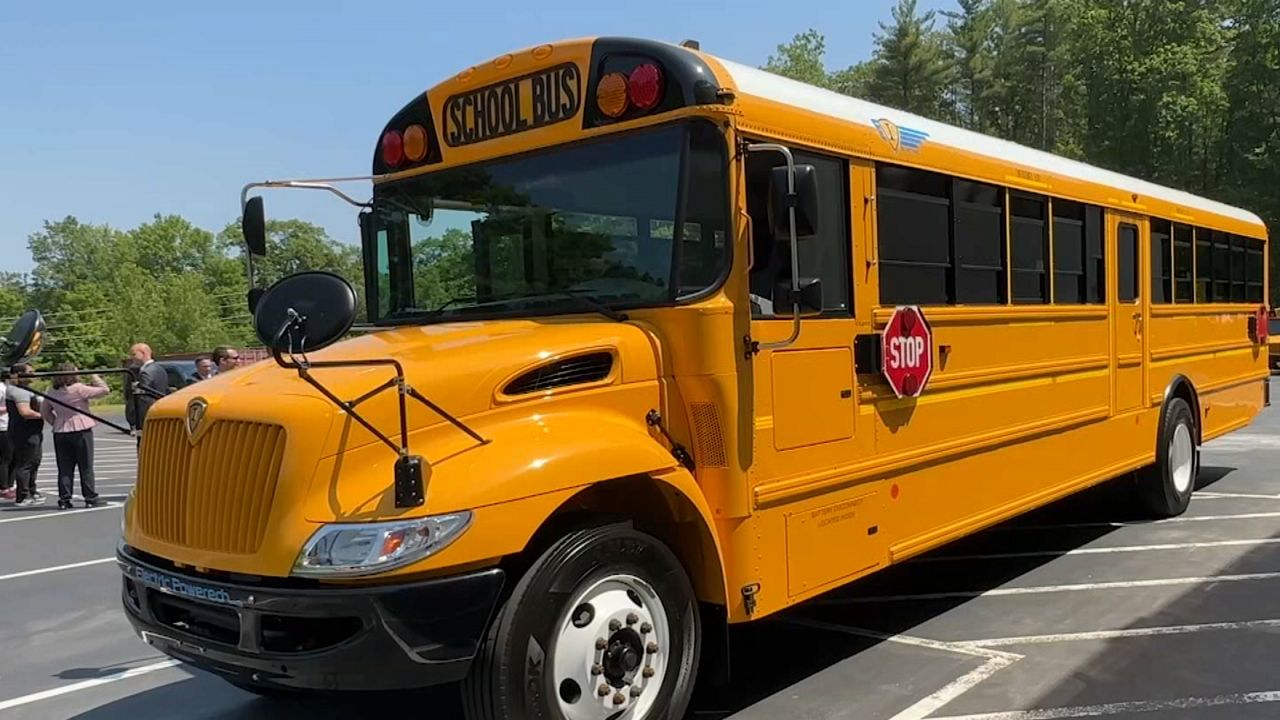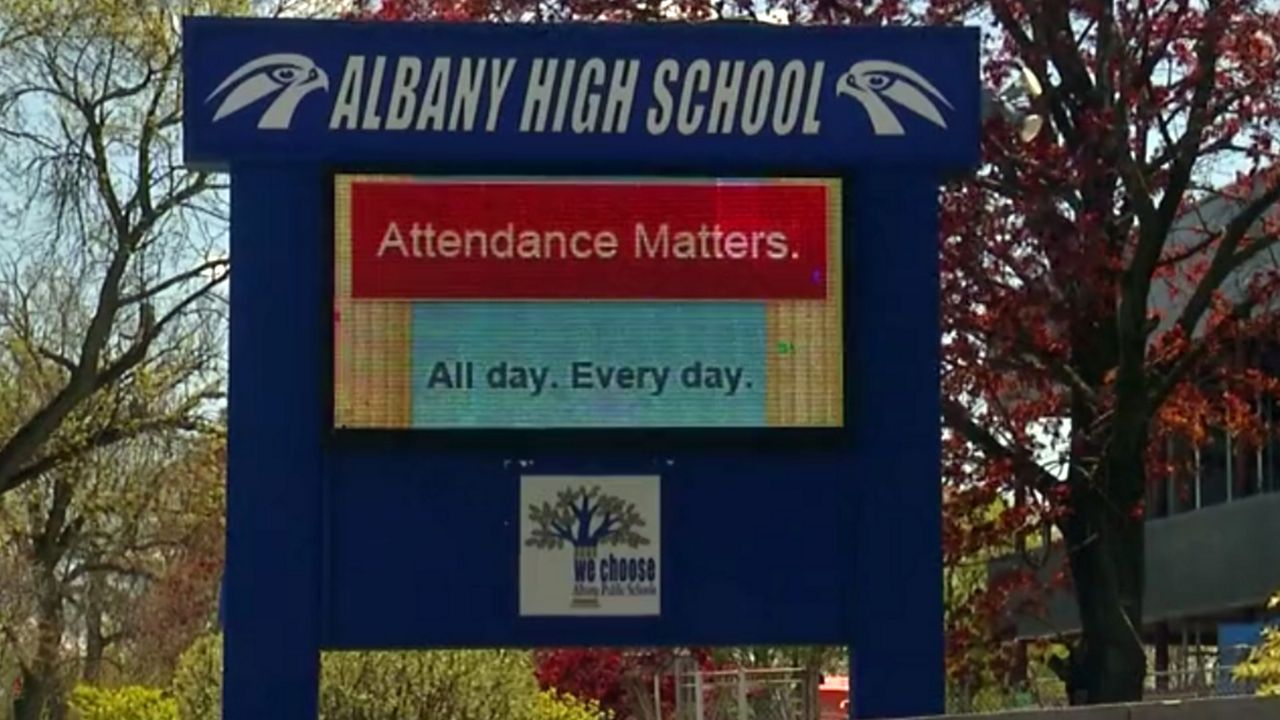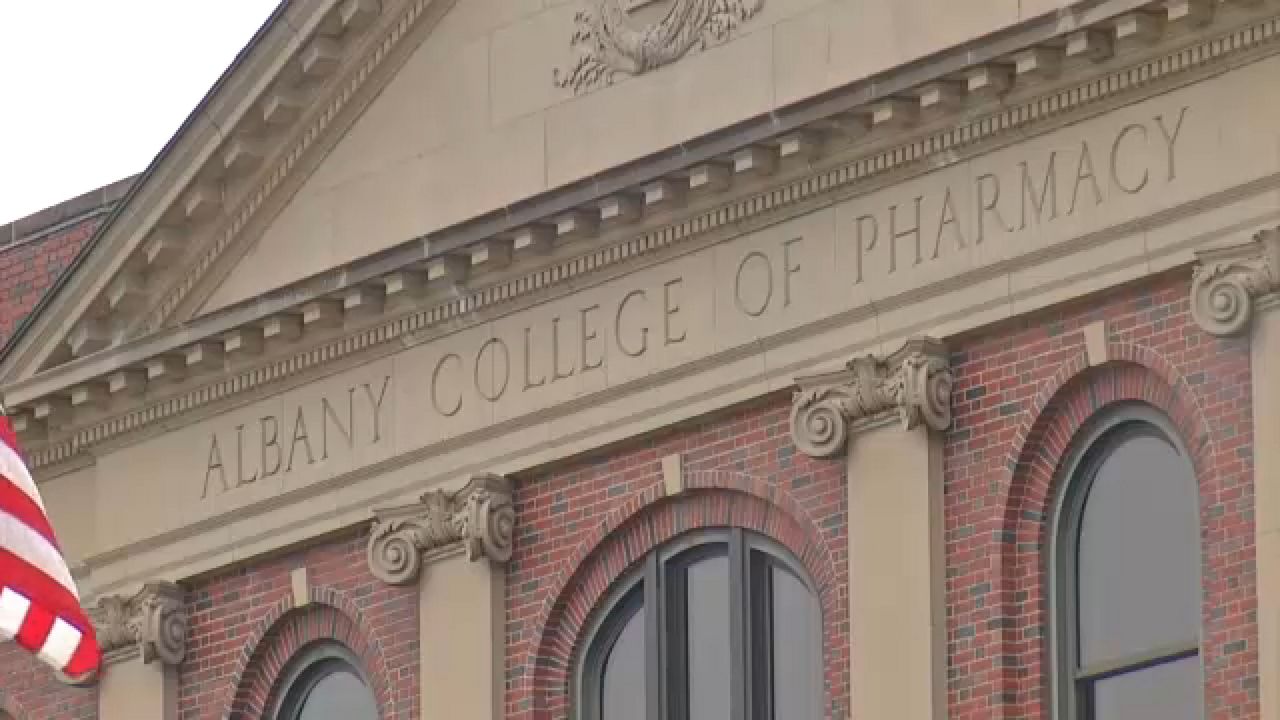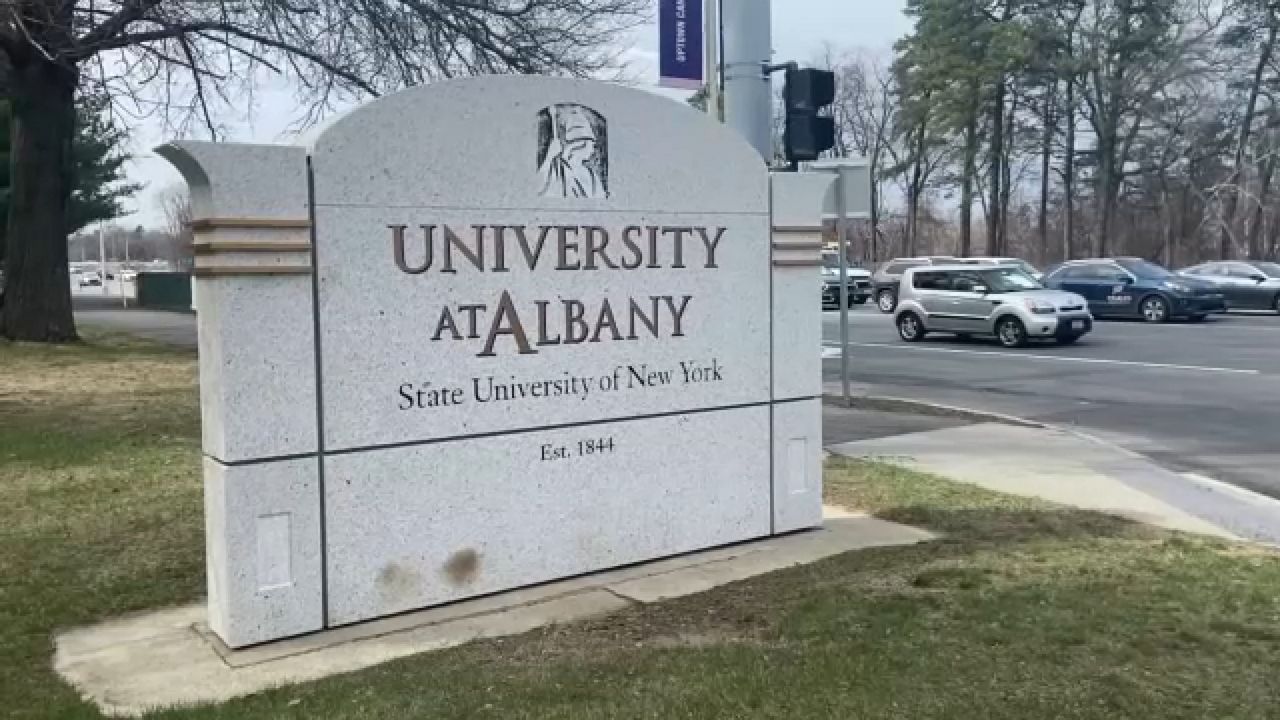For the last three years at Schenectady's Mont Pleasant Middle School, Akili-Abdul Duncan has taught young students who, in many cases, look a bit like himself.
"I thought if I wanted to change the outlook of my people, kids that look like me, then I need to be in that environment,” Duncan said.
Duncan, who is African-American, says he didn't have that opportunity when he grew up in nearby Rensselaer.
"I came through an educational system where I didn’t have my first teacher of color formally until I got to college," he said.
Over the past eight years at the Schenectady School District, the diversity rate of new teachers like Duncan has climbed to about 20 percent.
"It’s not yet where we want it to be, but it’s certainly a lot better than what it has been," district superintendent Larry Spring said.
Spring says that success is largely because the district has focused heavily on recruiting teachers from a broader range of backgrounds, who aren't always easy to hire.
"What we found is that there are not a lot of teachers of color in the pipeline,” Spring said. “When we look at those teacher preparation schools, there are not a lot of students of color looking to go into those programs."
A new study from the New York State Education Department shows that most districts, particularly those upstate, are struggling to diversify their staffs. While the state's student population has grown increasingly diverse over the past decade, the number of teachers from different backgrounds remains flat.
"It is not surprising to us at the New York State United Teachers. We have actually been studying it," New York State Unified Teachers Executive Vice President Jolene DiBrango said.
A former educator from the Rochester area, DiBrango says many roadblocks stand in the way of a teaching career for students of color, including the high price of education and teachers' salaries. She and Spring also agree that minority students are more likely to grow up in a school environment that's less than welcoming.
"I definitely believe it starts with the experience students are having in schools," DiBrango said.
"Students of color are suspended at much higher rates, so they are not having that kind of wonderful experience in school,” Spring said. “If you are being suspended, that is not the institution you really want to go back in and feel comfortable in."
Even at Schenectady, the student population is still more diverse than the teachers.
While he agrees there's no easy solution, Duncan remains hopeful more like him will follow his lead.
"So many of our youth are in need of having those role models in front of them who can really show them those leadership qualities that are within them that sometimes we shy away from, because we are not able to see ourselves as leaders," Duncan said.










